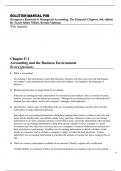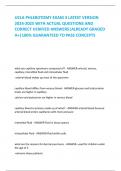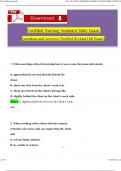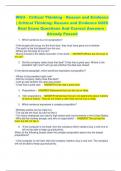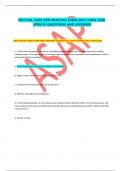Exam (elaborations)
SOLUTION MANUAL FOR Horngren's Financial & Managerial Accounting, The Financial Chapters, 8th edition By Tracie Miller Nobles, Brenda Mattison
SOLUTION MANUAL FOR Horngren's Financial & Managerial Accounting, The Financial Chapters, 8th edition By Tracie Miller Nobles, Brenda Mattison
[Show more]
